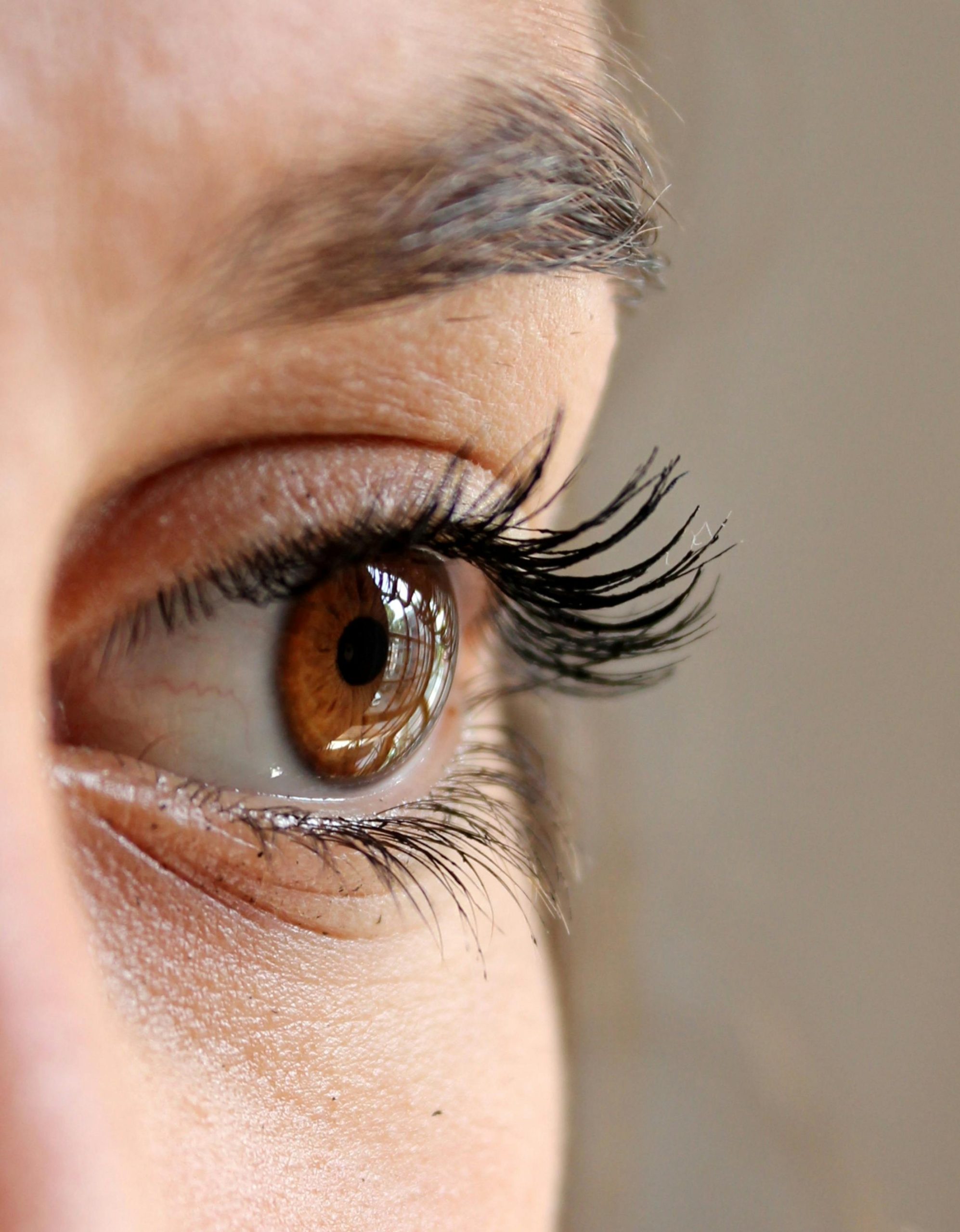Eye bags can dim your natural radiance and affect confidence. Understanding their causes helps tailor treatments—from simple lifestyle changes to advanced procedures like blepharoplasty—to achieve a fresher, youthful look. This guide explores practical options, their benefits, risks, and expert advice, empowering you to choose solutions that suit your needs and restore a vibrant, well-rested appearance.
Understanding Eye Bags: Causes, Symptoms, and Medical Insights
Treatments for Eye Bags often depend on identifying their root causes. They are primarily attributable to age-related changes, genetic predisposition, or lifestyle factors.
Additional reading : Experience beauty: top aesthetic treatments at london clinic
As age progresses, skin elasticity diminishes. This causes the skin around the eyes to sag and allows fat to protrude, forming eye bags. Such changes are natural but can be accelerated by certain habits or health conditions.
Genetically predisposed individuals may develop eye bags regardless of age or lifestyle. Underlying medical conditions, such as thyroid issues or allergies, can also contribute to swelling and puffiness in the under-eye area.
Also to see : Compassionate child psychologist services in London for all ages
Lifestyle factors significantly impact eye bag appearance. Smoking, sleep deprivation, and allergies heighten fluid retention and inflammation, worsening puffiness over time. These issues are manageable through targeted remedies and lifestyle adjustments.
A professional assessment can pinpoint specific causes of under-eye puffiness, guiding suitable treatments. For some, non-invasive home remedies—like cool compresses, reducing salt intake, and allergy management—offer relief.
In cases where lifestyle measures prove insufficient, medical options such as laser resurfacing, chemical peels, or fillers might be recommended to tighten skin and smooth out the area. Surgical intervention like blepharoplasty, performed under local anesthesia, effectively removes excess fat and skin from upper or lower eyelids, restoring a more youthful appearance.
Potential risks of surgical procedures include swelling, bruising, or rare serious complications like visual disturbances. Patients should consult healthcare providers about their specific symptoms, treatment options, and expected outcomes.
Concerns about cost and insurance coverage are also pertinent, especially for cosmetic procedures. The overall approach emphasizes a personalized plan, balancing non-invasive solutions and surgical options as needed.
Effective Treatments and Remedies for Under-Eye Bags
Non-Surgical Home Remedies and Lifestyle Adjustments
To address under-eye puffiness and reduce under-eye swelling, begin with simple lifestyle changes and accessible remedies. Applying a cold compress for under-eye bags daily, such as chilled cucumber slices or cooled spoons, aids circulation and temporarily minimizes swelling. Consistent sleep—aiming for 7 to 9 hours each night—and elevating your head while resting may further limit fluid accumulation and eye puffiness. Dietary habits also play a key role: managing salt intake to prevent swelling, following dietary tips for reducing puffiness, and staying adequately hydrated can all contribute to diminishing visible puffiness under the eye area.
Home remedies for under-eye swelling involve gentle massage techniques for the eye area, which may support lymphatic drainage and provide relief from eye puffiness. For those struggling with allergies, avoiding known triggers and considering antihistamines is advisable, as the impact of allergies on under-eye bags is well-documented. Integrating antioxidant-rich foods for eye health into meals, along with natural remedies such as green tea bags or eye masks to soothe swelling, often complements other strategies. These steps, while non-invasive, can foster steady improvement for many dealing with under-eye puffiness.
Medical and Cosmetic Procedures Available
When lifestyle changes and home remedies are insufficient, medical or cosmetic interventions present further avenues. Prescription allergy medications can help if eye puffiness is allergy-related. Topical products such as the best creams for under-eye bags—often containing peptides, caffeine, or hyaluronic acid—might offer targeted support in reducing visible swelling and reinforcing under-eye skin resilience.
Among cosmetic procedures available are laser therapy for under-eye bags, chemical peels for under-eye skin, and micro-needling around the eyes. Each targets different causes of under-eye puffiness, including skin laxity, pigmentation, and loss of elasticity. Laser therapy, notably, carries a risk of permanent skin color changes, especially for individuals with brown or Black skin.
Another widely recognized procedure is under-eye filler treatments. These are employed to restore facial volume loss and smooth under-eye hollowing, often with immediate but temporary results. Some patients may consider blepharoplasty if excess skin and fat are prominent. Professional consultation is crucial for balancing expectations and safety, particularly with more involved treatments.
Professional Treatments and Innovations
Advanced clinical approaches lead to more robust solutions when under-eye puffiness persists. Clinics like Harley Street Dermal highlight the benefit of bespoke professional treatments for eye bags, tailored to the unique cause—whether fat herniation, fluid retention, or skin laxity. Options span from non-invasive protocols to surgical correction. Blepharoplasty, the surgical removal and restructuring of under-eye tissue, remains one of the most definitive anti-aging solutions for the under-eye area, addressing excess skin and chronic under-eye swelling.
Innovative ingredients and technologies underscore modern remedies: collagen-boosting treatments for eyes, gentle use of retinol treatments for under-eye skin, and specialized eye patches for swelling are adopted in various regimens. Eye puffiness, if linked to allergies or systemic conditions such as hyperthyroidism, may require medical management to sustain results. Throughout, individualized therapy—including best practices for applying eye creams, avoiding harsh chemicals near eyes, and choosing the best ingredients in eye puffiness products—helps balance both clinical effectiveness and safety.
If symptoms do not improve or permanent eye puffiness becomes apparent, consulting a dermatologist ensures underlying causes are addressed, and the most suitable solutions are explored.
Surgical Options and Medical Interventions for Severe Cases
Blepharoplasty: Surgical Removal of Excess Skin and Fat
Blepharoplasty is a widely recognized cosmetic procedure for under-eye puffiness. This surgical approach removes or repositions excess skin, muscle, and fat from the eyelids through precise incisions in the natural creases of the upper or lower eyelid. For those with persistent bags under the eyes, blepharoplasty can deliver long-lasting improvement when other treatments for tired eyes do not suffice. The procedure is commonly performed with local anesthesia in an outpatient setting, minimizing the need for hospital stays. Although some are drawn to this intervention for its aesthetic results, it also addresses functional concerns—such as vision disruption due to sagging eyelid skin.
Minimally Invasive Treatments like Fillers and Laser Therapy
When opting for less invasive strategies, under-eye filler treatments are a primary choice. These treatments involve injecting hyaluronic acid-based fillers beneath the eyes to reduce hollowness and shadowing, immediately lessening the appearance of under-eye puffiness. Laser therapy for under-eye bags is another effective option, using focused light to resurface the skin, stimulate collagen, and tighten the under-eye area. Both options are categorized as cosmetic procedures for under-eye puffiness designed to offer notable results without surgical incisions or lengthy downtime.
What makes these non-surgical approaches appealing is the quick recovery and minimal discomfort. Patients frequently notice enhanced skin smoothness with fillers and improved skin firmness after a series of laser therapy for under-eye bags sessions. However, laser treatments carry a potential risk of lasting pigment alteration, particularly for those with medium to deep skin tones.
Risks, Side Effects, and Recovery Expectations
Every medical intervention, including cosmetic procedures for under-eye puffiness, must be balanced against the likelihood of side effects. Blepharoplasty can cause temporary bruising, swelling, blurry vision, or discomfort, and rarely more serious concerns such as infection, eyelid drooping, or vision changes may arise. Fillers, while less invasive, also require expertise; there is a risk of uneven results, swelling, or rare vascular complications. Laser therapy for under-eye bags may result in dry skin, redness, or hyperpigmentation, especially in darker skin types.
Recovery after surgical or non-surgical interventions depends on the treatment selected as well as individual healing capacity. Surgical patients often resume regular activities within two weeks, while swelling and bruising dissipate gradually. Non-surgical interventions like fillers or laser therapy for under-eye bags have shorter recovery periods—usually just a few days—with most returning to daily activities soon after the procedure.
Consultation with an expert remains essential before choosing any under-eye filler treatments or advanced therapies, as a personalized plan ensures the safest and most effective outcome. This balanced approach, weighing risks and anticipated results, empowers patients to move forward with greater confidence.







